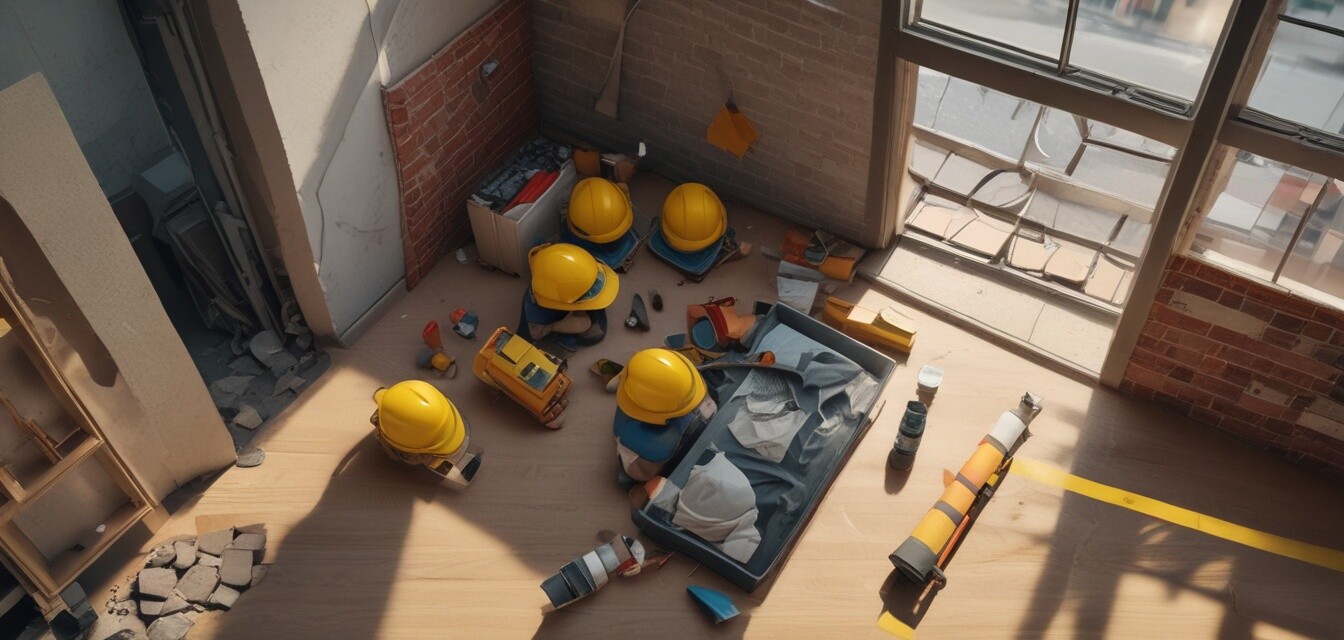
Safety Protocols for Your Home Renovation
Key Takeaways
- Planning is essential for ensuring safety during renovations.
- Proper use of personal protective equipment (PPE) is crucial.
- Establish a secure environment by using security measures.
- Maintain clear communication with all involved parties.
- Monitor your home security system for added peace of mind.
Renovating your home can be an exciting yet potentially hazardous endeavor. Ensuring safety protocols during renovations not only protects you and your family but also safeguards your investment. This article will provide essential tips for ensuring both physical and security precautions during your home remodeling projects.
1. Planning Your Renovation
Before you dive into your renovation project, proper planning can help you identify potential risks and establish protocols to mitigate them. Consider the following steps:
- Assess the scope of the renovation: Understand which areas of the house will be impacted.
- Identify potential hazards: Look for electrical wires, plumbing, or structural elements that could pose risks during the renovations.
- Create a timeline: Establish when specific tasks will occur to minimize disruptions and hazards.
2. Utilize Personal Protective Equipment (PPE)
Protecting yourself and those working on your renovation is paramount. Always ensure that PPE is used effectively:
| PPE Item | Purpose |
|---|---|
| Hard Hat | Protects your head from falling objects. |
| Safety Goggles | Protects your eyes from dust and debris. |
| Respirator | Filters harmful dust and fumes. |
| Gloves | Protects your hands from sharp objects and chemicals. |
| Steel-Toed Boots | Protects your feet from heavy tools and materials. |
3. Create a Safe Work Environment
Ensuring a safe working environment is crucial during your home renovations. Here are some strategies to consider:
- Maintain organized workspaces to reduce slips and falls.
- Use caution tape and warning signs to mark off dangerous areas.
- Ensure proper lighting to enhance visibility in construction zones.
- Store tools and materials safely when not in use to avoid accidents.
4. Security Protocols During Renovations
During renovations, your home may be vulnerable to theft or vandalism. Implement these security measures to protect your property:
- Install security cameras to monitor activity around your home.
- Use motion sensor lights to deter intruders.
- Inform neighbors about your renovation timeline so they can keep an eye out.
- Use a security alarm system to alert you of any unauthorized access.
5. Communication is Key
Keeping clear communication lines open with contractors and team members is vital in ensuring everyone's safety:
- Discuss safety protocols with all individuals involved in the renovation.
- Set emergency contact methods in case of accidents.
- Conduct regular safety checks with your team to reinforce protocols.
6. Regular Monitoring of Security Systems
During a renovation, it's important to ensure your security systems remain functional:
- Regularly check that all cameras and alarms are operational.
- Review footage from security cameras to assess any suspicious activity.
- Ensure your alarm systems are connected and alerting you when needed.
Pros
- Improved safety for all participants in the renovation.
- Decreased risk of property damage or theft.
- Greater peace of mind during the remodeling process.
Cons
- Potential added costs for safety equipment and security measures.
- Time investment in planning and monitoring safety protocols.
Conclusion
Establishing safety protocols during your home renovation is crucial to protect yourself, your loved ones, and your property. By planning ahead, utilizing PPE, ensuring a safe work environment, implementing security measures, and maintaining good communication, you can create a smooth and secure renovation experience. Remember, the goal of your renovation is not just to beautify your home, but also to do so with safety as the priority. For more tips on securing your home, check out our Home Safety Tips and Best Practices category.
